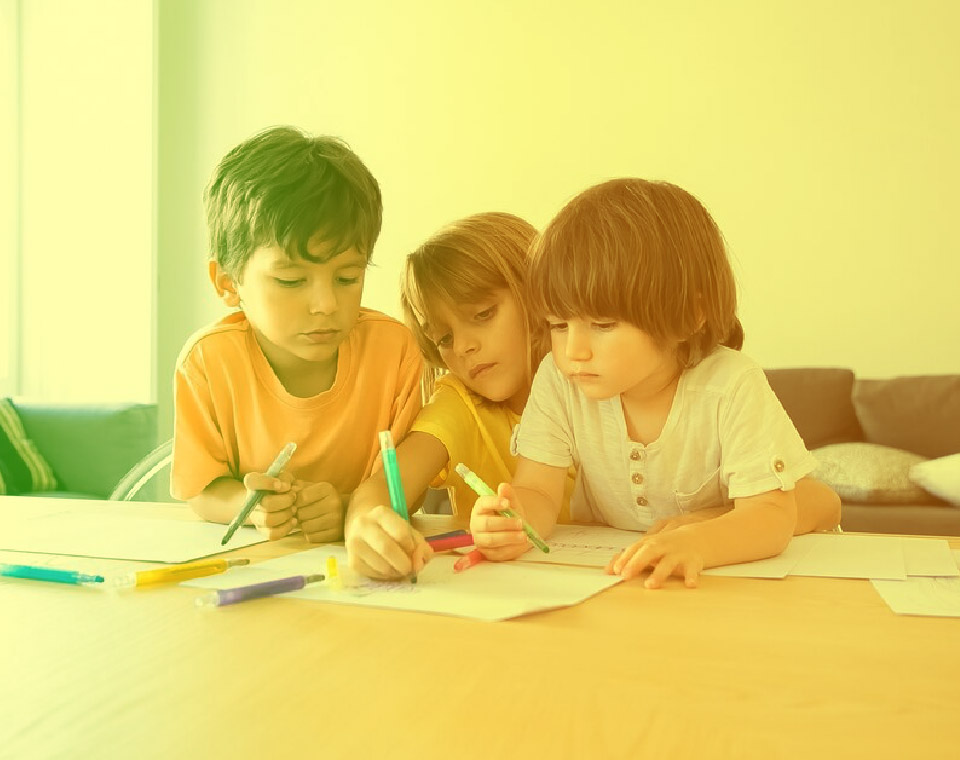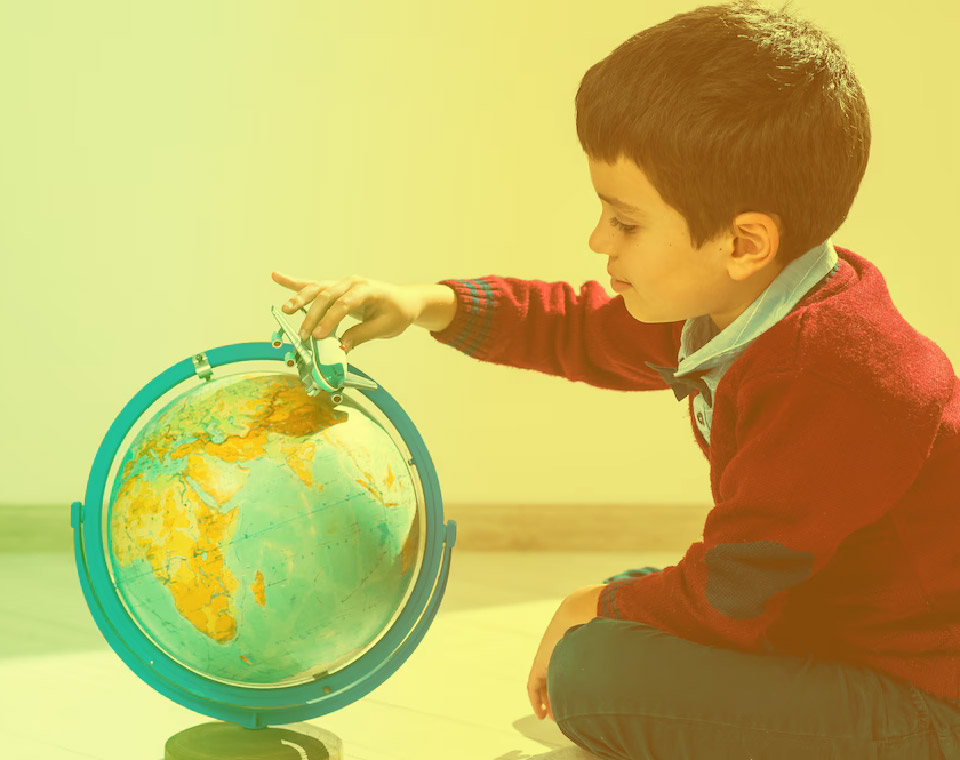
Boost Your Toddler’s Brain with These Fun Language Games (Ages 2–4)
Learning Through Play From the Start
Between the ages of 2 and 4, a child’s brain reaches one of its highest peaks of plasticity. At this stage, they’re not only rapidly developing language, but their natural way of learning is through play, imitation, and emotional connection.
At this age, there’s no need to explain what a “language” is. What they need is to experience the second language as something as natural and fun as running or singing.
“A two-year-old doesn’t learn a language… they absorb it while playing.”
— Maria Montessori
This entry is full of games, songs, and stories designed specifically for this stage. The best part? You can do all of this with materials you already have at home.
1. Songs: The Superpower of Rhythm
Music is one of the most effective ways to introduce a second language. Why?
-
It has rhythm and repetition (key for memorization).
-
It’s associated with positive emotions.
-
It can be paired with gestures, dancing, or games.
Recommendations:
-
Songs about body parts: Cabeza, hombros, rodillas y pies.
-
Action songs: Si estás feliz y lo sabes.
-
Animal songs: Old MacDonald, Los pollitos dicen (in bilingual version)
Make it even better:
-
Sing and do the gestures yourself.
-
Swap in real objects from your environment:
“El viejo MacDonald tiene un… dinosaurio!” -
Listen to the songs in the car, at home, or before bedtime. Your child will want to repeat them—and that’s learning in action!
2. Picture Books and Stories
Even if your child can’t read yet, looking at pictures and listening to words is a powerful way to build vocabulary. At this age, books with short, repetitive phrases and simple illustrations are ideal.
What kind of books to I use?
-
Stories about animals, colors, numbers, or routines (like going to the bathroom, bedtime, or playing).
-
Bilingual books (one page per language) or books entirely in the target language.
Practical tip:
Use dialogic reading. Don’t just read—ask questions and comment as you look together.
Example:
“Look at the dog… how do we say ‘dog’ in Spanish? Sí! Perro! guau guau!”
Repetition is your best ally:
If your child wants to read the same book over and over, let them! Each reading is a new connection in their brain.
3. Imitation and Interaction Games
Children learn with their bodies. At this age, anything that involves movement and imitation is pure gold.
Game: “Simon Says”
Use phrases like:
-
“Simon dice… toca tu nariz!”
-
“Simon dice… salta!”
-
“Sit down!” (only without saying “Simon says” — to see if they’re paying attention)
Benefits: They learn action verbs, body parts, and listening comprehension.
Game: “Seek and Find”
-
Say: “Encuentra algo azul” or “Trae la pelota”
-
You can use cards or real toys.
Make it fun, fast-paced, and full of celebration when they get it right.
4. Routines with Key Phrases
At this age, repeated routines are essential. Use simple phrases at the same time every day:
-
Despierta! (when they get up)
-
Hora de cepillarse los dientes!
-
Vamos a comer!
-
Dónde está tu osito de peluche?
-
Buenas noches, mi amor!
Even if they don’t understand every word, your tone, context, and attitude will give them meaning.
5. Sensory Play with Vocabulary
If your child loves getting messy, touching things, and exploring… perfect! Use that natural curiosity to teach new words.
Examples:
-
Salt dough or playdough: mold shapes and name them.
-
Sensory bin with rice, buttons, toy animals:
“Encuentra la rana! Toca la estrella!” -
Colors and textures: play with soft, rough, wet, or cold items while naming the sensations.
Tip: Start with single words. Full sentences will come later.
In Summary:
✔️ At ages 2–4, children learn through movement, play, and emotional bonding
✔️ Repetitive songs with gestures are powerful tools
✔️ Picture books spark vocabulary growth and connection
✔️ Imitation games reinforce listening and understanding
✔️ Daily routines can include simple, useful phrases
✔️ Every shared moment can be bilingual… if you make it so
You don’t need expensive materials or to be an expert!
All you need is quality time, intention, and a sprinkle of imagination. At this stage, every word said with love is a seed for the future.
Join the Tigrabooks Community
Stay Connected and Inspired
Author
recent post
follow us
related post
- info@tigrabooks.com









